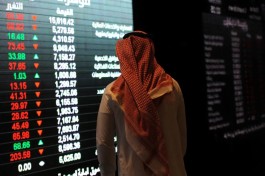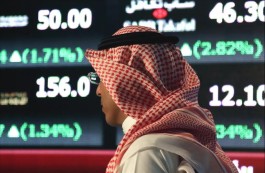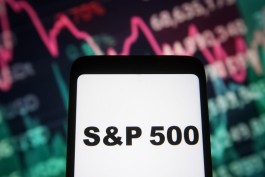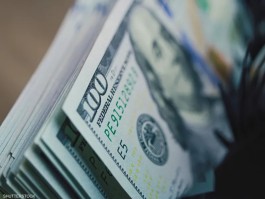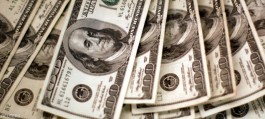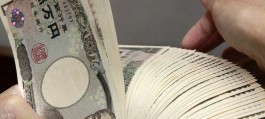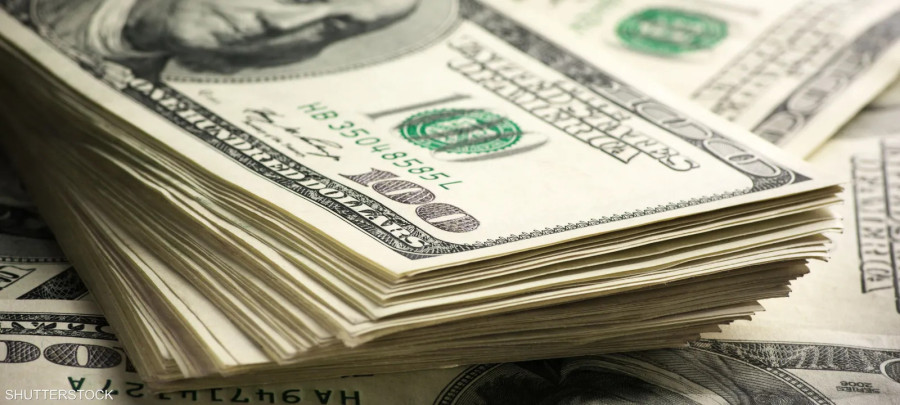The US dollar rose strongly in early European trade on Monday as higher oil prices added to inflation fears, which could prompt the US Federal Reserve to raise interest rates at its next meeting.
dollar index now
The US dollar index rose 0.24% to 102.433 against a basket of foreign currencies, at a time when US Treasury bond yields rebounded, and the 10-year Treasury bond yield recorded 3.543%, an increase of 1.52%.
The index fell 1.8% in March, pressured by concerns that unrest in the banking sector will hurt economic activity, prompting {{ecl-168 || The Fed}} to stop the monetary tightening cycle earlier than previously expected.
This view has been given a degree of credence after data on Friday showed that {{ecl-914 || Consumer spending}} rose only moderately in February after rising in the previous month, showing {{ecl-61|| Inflation}} some signs of calming.
How did OPEC change the course of the dollar?
However, the sudden decision on Sunday by the Organization of the Petroleum Exporting Countries and its allies, known as OPEC+, to cut production again by just over 1 million barrels per day sent oil prices soaring, changing the narrative.
Hidehiro Juke, strategist at Mizuho Securities, said that since inflation is likely to remain the largest driver of the Fed's monetary policy, the market is unlikely to assume an early shift to lower rates or a faster pace of rate cuts.
Interest forecast now
The Fed Watch tool from Investing.com revealed a strong tendency to raise interest rates at the next Fed meeting, after OPEC's decision to cut production and stimulate oil prices to rise.
58.8% of investors and experts now believe that the Fed will accept a rate hike in the next May meeting, while the percentage of those who expect a fixation declined to 41.2%, down from 51.6% yesterday and 83.2% in the previous week.









